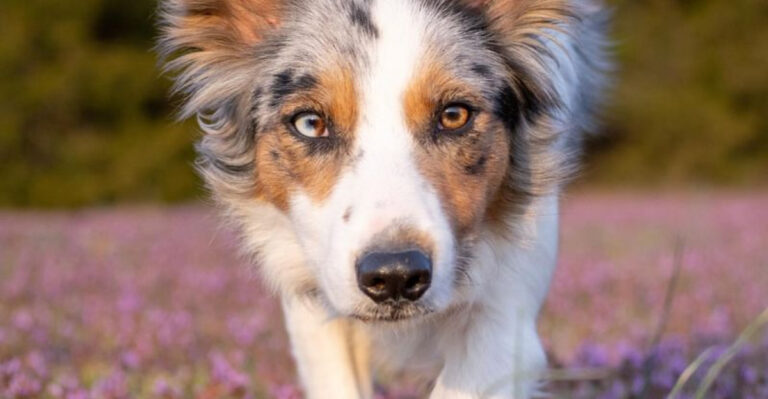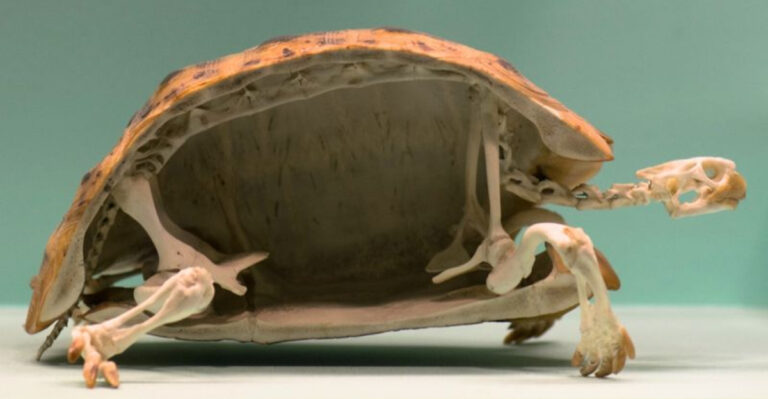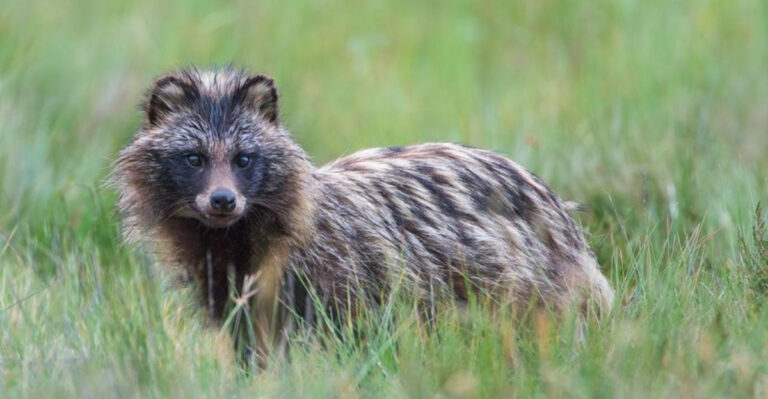Everything You Need To Know About Capybaras

Capybaras are fascinating creatures that capture hearts worldwide with their gentle nature and unique behaviors.
These giant rodents from South America have become internet sensations thanks to their laid-back attitudes and surprising habits. Whether you’re a wildlife enthusiast or just curious about these oversized guinea pig relatives, these facts will give you a complete picture of these remarkable animals.
1. They’re The World’s Largest Rodents

Standing at up to two feet tall and weighing as much as a grown man, capybaras truly dominate the rodent kingdom. Their massive size surprises most first-time observers.
Adult capybaras typically weigh between 77-146 pounds and can grow up to 4 feet long. Despite their impressive bulk, these gentle giants move with surprising grace both on land and in water.
2. They Absolutely Love Water
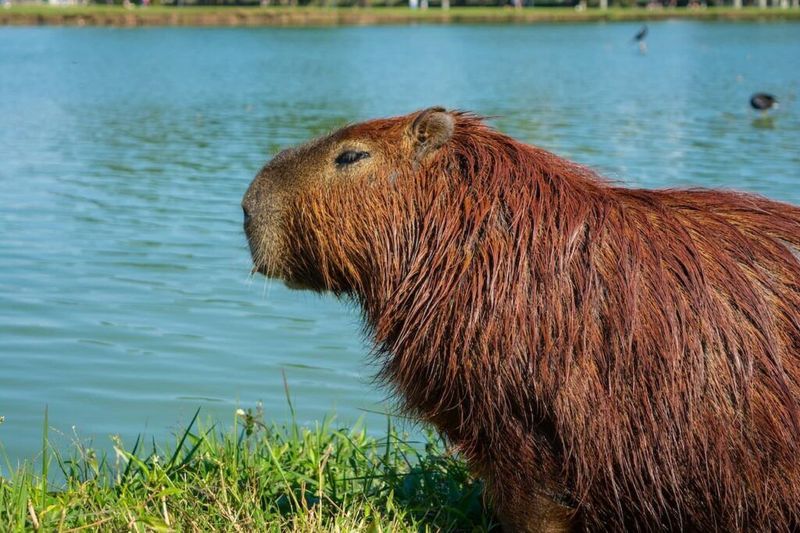
Born swimmers with natural adaptations, capybaras spend countless hours splashing in rivers and ponds. Their partially webbed feet propel them effortlessly through water while their eyes, ears, and nostrils sit high on their heads.
This clever positioning allows them to stay mostly submerged while remaining alert to potential dangers. When threatened, they can hold their breath underwater for up to five minutes!
3. They’re Surprisingly Social
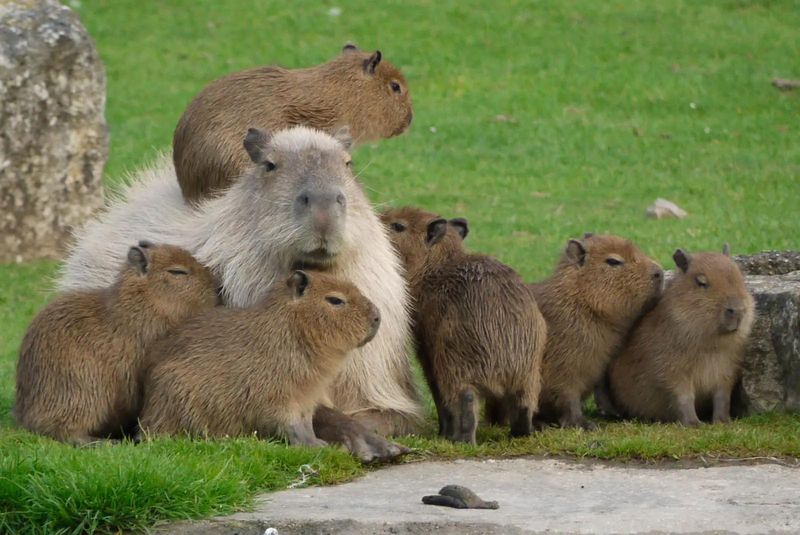
Far from loners, capybaras thrive in groups called herds that typically number between 10-20 individuals. These tight-knit communities share resources, protection duties, and even babysitting responsibilities.
Communication happens through a variety of vocalizations including purrs, clicks, whistles, and barks. Young capybaras play together constantly, strengthening social bonds that will serve them throughout their lives.
4. They Get Along With Almost Everyone

Capybaras might be the most easygoing creatures in the animal kingdom. Their relaxed temperament makes them natural diplomats in the wild, often allowing birds to perch on their backs to eat pesky insects.
Photos of capybaras lounging with monkeys, turtles, birds, and even predators like crocodiles have earned them internet fame. This remarkable tolerance extends to humans too, making them unusually approachable in protected areas.
5. They’ve Got Built-In Shades
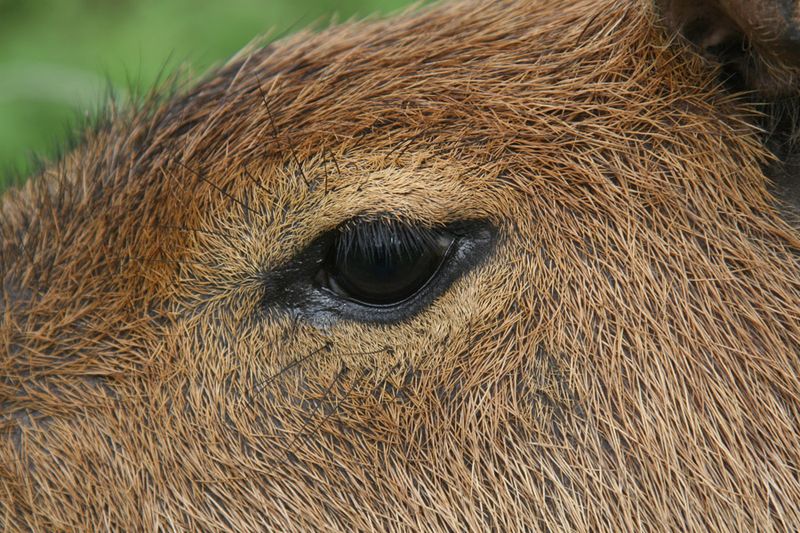
Capybaras possess a specialized reflective layer behind their retinas called the tapetum lucidum. This natural adaptation enhances their vision in low-light conditions and underwater environments.
When photographed at night, their eyes glow eerily thanks to this reflective surface. This visual advantage helps them stay active during dawn and dusk hours when many predators hunt, giving them crucial extra seconds to escape danger.
6. They Eat Their Poop (On Purpose!)
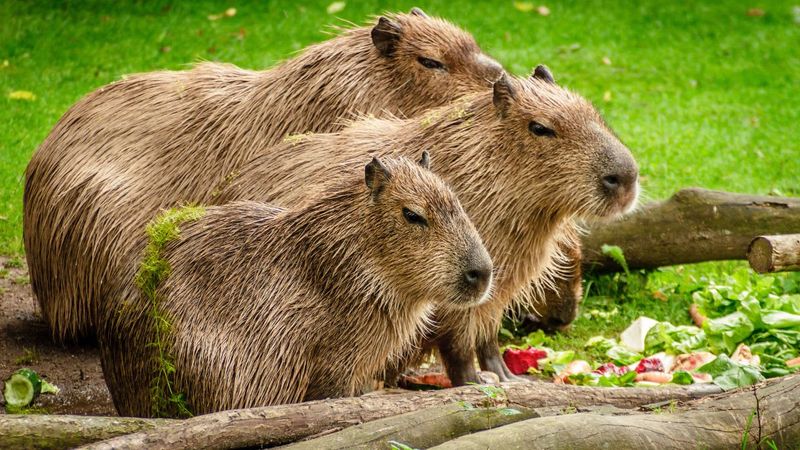
Capybaras practice coprophagy—the scientific term for eating their own droppings. While it sounds disgusting to us, this behavior serves a crucial nutritional purpose.
Their plant-heavy diet is tough to digest in one pass, so a second trip through their digestive system extracts additional nutrients. They’re selective about this habit, only consuming special soft droppings produced overnight that contain beneficial gut bacteria and vitamins.
7. They’re Basically Outdoor Couch Potatoes

Masters of relaxation, capybaras elevate lounging to an art form. They spend hours basking in the sun or cooling off in mud wallows with an expression of utter contentment.
Watching a capybara group during rest time reveals their zen-like approach to life. Unlike many prey animals that remain tense and alert, these creatures appear genuinely at peace when their basic needs are met, conserving energy between feeding sessions.
8. They’re Native To South America
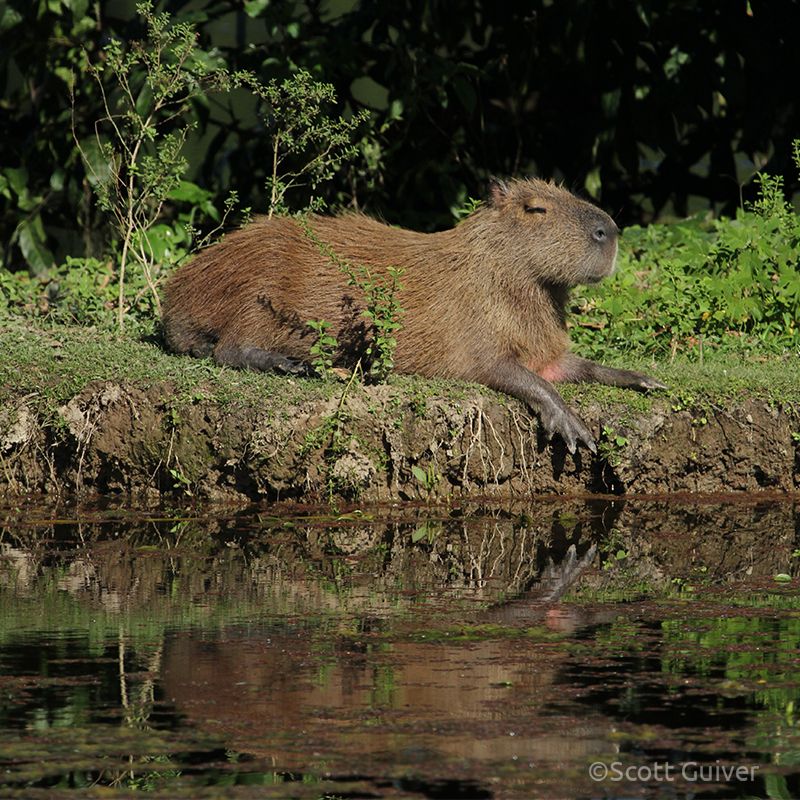
Capybaras call the lush wetlands and riverbanks of South America home. Their range spans from Panama to Argentina, with Brazil hosting the largest populations.
These semi-aquatic mammals thrive wherever fresh water meets abundant vegetation. The Amazon Basin provides ideal habitat with its network of rivers, marshes, and seasonally flooded grasslands. Capybaras have adapted perfectly to this environment over millions of years.
9. They Groom Like Cats
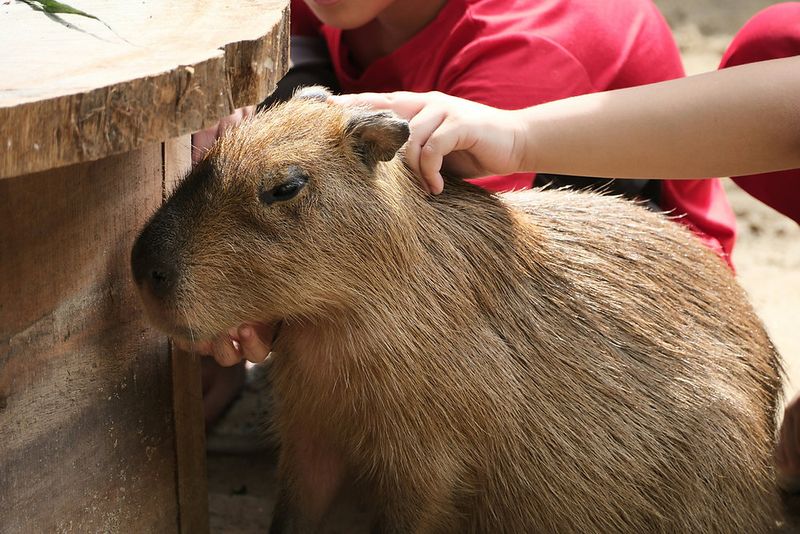
Social grooming forms a cornerstone of capybara culture. Family members regularly clean each other’s fur, strengthening their social bonds while removing parasites and debris.
Youngsters receive special attention during grooming sessions. Adult capybaras will meticulously clean babies that aren’t even their own, showcasing their communal parenting approach.
This behavior not only maintains hygiene but also establishes hierarchy and reinforces relationships within the group.
10. They’re Related To Guinea Pigs

Family reunions in the rodent world would show capybaras standing shoulder-to-shoulder with their much smaller cousins. Guinea pigs, chinchillas, and rock cavies all share the same branch on the evolutionary tree.
The family resemblance becomes obvious when comparing their faces and vocalizations. Scientists classify them all as caviomorphs—a group of rodents that evolved in South America around 35 million years ago.
11. Their Teeth Never Stop Growing

Capybara incisors grow continuously throughout their lives, a trait shared with all rodents. Without constant wear from chewing tough vegetation, their teeth would become dangerously long.
Their unique dental structure includes high-crowned teeth perfect for grinding fibrous plants. An adult capybara spends roughly six hours daily grazing on grasses, aquatic plants, and tree bark, naturally wearing down those ever-growing chompers.
12. They Can Hold Their Breath For Minutes
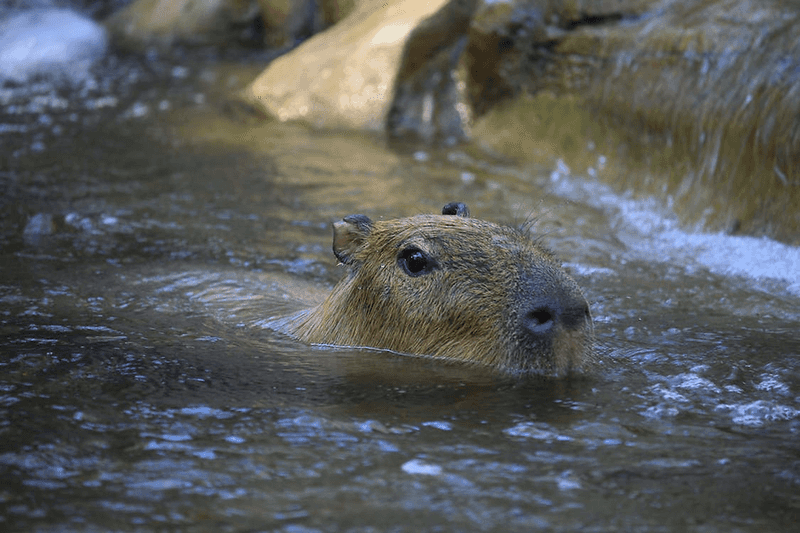
Aquatic escape artists, capybaras can vanish underwater for up to five minutes when danger threatens. Their nostrils and ears close automatically when submerged, preventing water from entering.
Young capybaras develop this skill early, often practicing dive-and-hide maneuvers during play. This impressive breath-holding ability gives them a crucial advantage against predators like jaguars and anacondas that may think twice before following them beneath the surface.
13. People Are Obsessed With Them Online

Capybaras have achieved unlikely celebrity status across social media platforms. Their perpetually calm expression and tendency to befriend other species make them perfect meme material.
Japanese hot spring capybaras relaxing with citrus fruits on their heads have inspired countless fan accounts. Tourism to capybara sanctuaries has surged as people seek to experience their zen energy firsthand.
Even luxury brands have embraced capybara imagery in recent collections!


